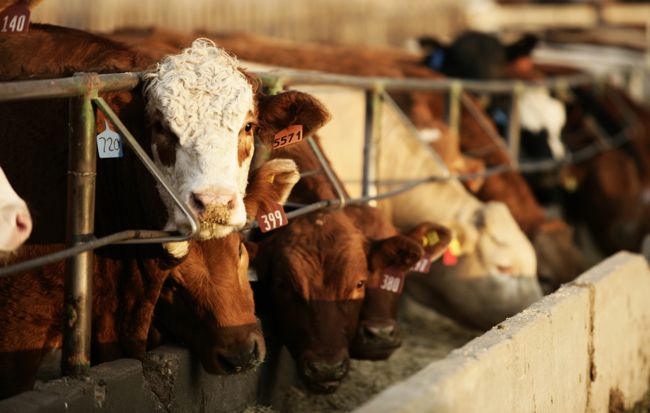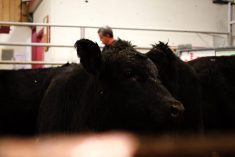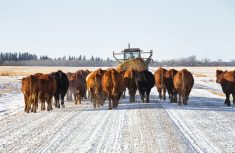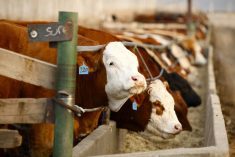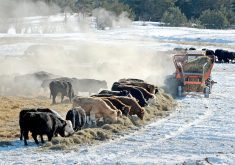Western Canadian feeder cattle prices were undefined this past week as most auction markets remained on holidays or had limited volumes. Cow-calf producers were not anxious to market calves with adverse temperatures across the Prairies and news of stronger U.S. prices confirmed waiting another week would pay off.
The U.S. Department of Agriculture reported feeder cattle were mostly $10 to $15 higher in comparison to late December, with the rebound in fed cattle values renewing buying enthusiasm. Wholesale beef values edged higher this past week, but packing margins are coming under pressure with the tight supply of fed cattle.
Read Also

Equine herpes case confirmed at Moose Jaw Exhibition Company
The Moose Jaw Exhibition Company has been placed under quarantine, effective Dec. 22, due to a confirmed case of equine herpesvirus-1 (EHV-1) at the grounds.
In central Alberta, lighter-weight 400- to 500-pounds steers and heifers were readily selling over the $300 level, with fancier-quality 450-lb. steers reaching $355. The 600- to 700-pound category was quoted from $260 to $285 on small groups with no standout features. Heavier feeder steers and heifers from 800 to 900 lbs. were unchanged from late December, trading from $225 to $245.
I’ve received a few inquiries in regards to the market environment for January. Backgrounding operators appear to be lining up off-farm sales of fall-placed calves, allowing feedlots to study flesh quality, overall health and feeding efficiencies. Cow-calf producers will also be marketing heavier weaned and vaccinated calves, which should enhance quality premiums. At feedlots in Alberta and Saskatchewan, on-feed inventories are down five to seven per cent from year-ago levels and there has been significant equity rebuilding this past year.
Finally, the Canadian dollar continues to deteriorate and is poised to drop further with crude oil trending lower.
All these factors have potential to see feeder cattle percolate higher over the next month, but expect heavy discounts for stragglers and non-performers. I always encourage cow-calf producers to hold back any animal not up to par because it can discount the whole group. Remember, each animal is heavily scrutinized in this environment.
– Jerry Klassen is a commodity market analyst in Winnipeg and maintains an interest in the family feedlot in southern Alberta. He writes an in-depth biweekly commentary, Canadian Feedlot and Cattle Market Analysis, for feedlot operators in Canada. He can be reached by email at [email protected] for questions or comments.

